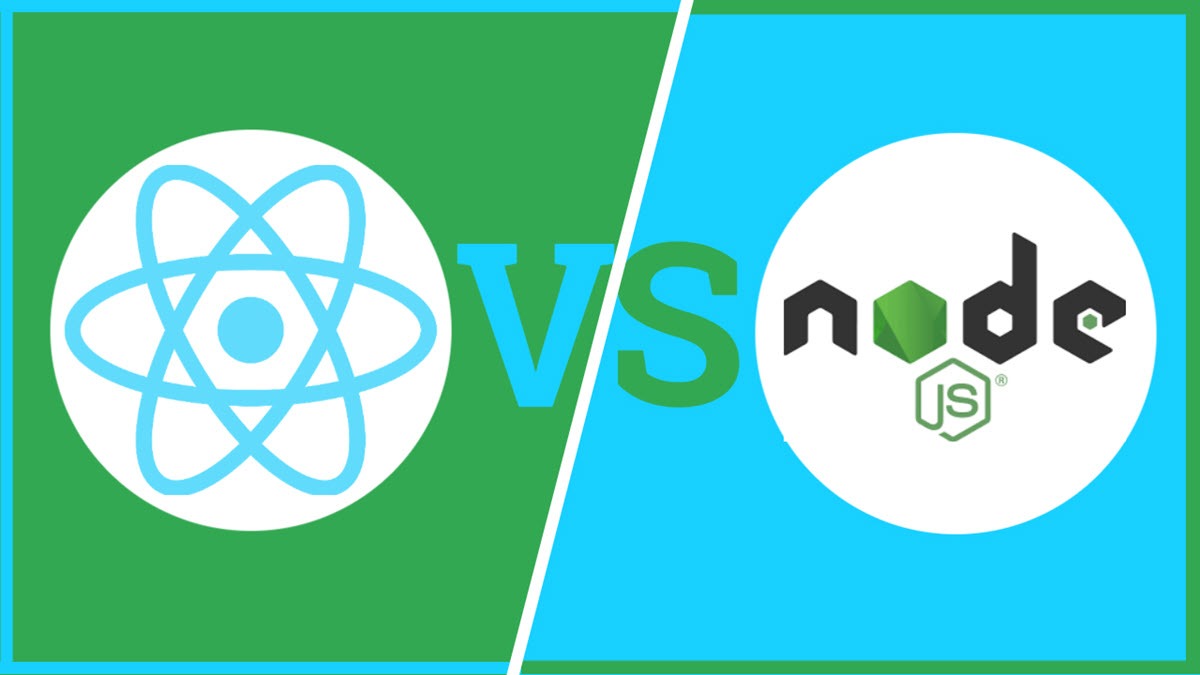React VS Node.Js Comparison Which To Choose For Your Project
Brendan Eich developed JavaScript in 1995, and it was called Mocha in the early days. The primary purpose of js language was to make the websites interactive and respond to user events like click, scroll, etc. In the years after its release, JavaScript became so popular that it became the norm of client-side scripting in web development.
Even today, there is no competitor to JavaScript. JavaScript is not limited to just handling user events, and now it has become a one-stop shop for everything in web development and client-side operations.
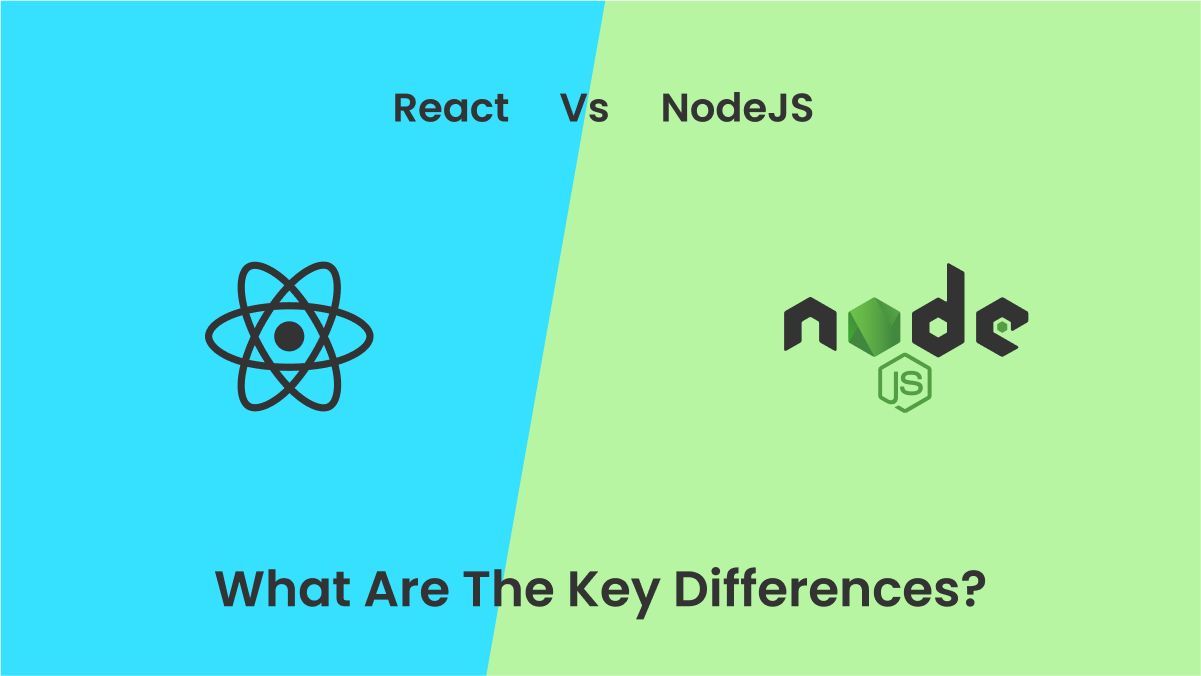
It is efficient and easy to learn, making it the first choice for every programmer. As the needs changed and the world started using more and more websites, programmers had to develop solutions that minimized code and provided more functionality. Writing a single-page application in JavaScript can be a huge task, and thus there was a need to develop frameworks.
Frameworks are pre-written and pre-configured code libraries that provide enhanced functionality to JavaScript developers. With the help of frameworks, developers can do more than what can be done using plain JavaScript. Today’s article will talk about the two most popular and loved JavaScript frameworks, React and Node. So let’s find out everything about these two and also see how they are different from each other.
Table Of Content
What is React?
React, or ReactJS is a front-end library developed by expert developers at Facebook. The framework started as an internal tool to make Facebook’s UI/UX and frontend better, but after seeing the significant success and performance benefits, React was later outsourced.
React follows a component-based architecture where developers segment their code into smaller pieces that can be interlocked to create a whole web application. Each component relates to a part of the application feature, and components come together to build one exclusive feature for your app.

Component-based architecture promotes code reusability and readability. Moreover, such code is easy to modify. Hence whenever there is a new need, you can go to the component and add a code piece to handle the new feature requests.
React helps developers build highly scalable and dynamic frontend applications that can cater to a large audience without any delays. With its excellent libraries and community support, React is vital in single-page application development. Today React is used by companies like Twitter, Facebook, Airbnb, and many more.
Knowing about React, it is time to understand what NodeJS is.
What is NodeJS?
NodeJS is a server-side framework created from JavaScript. Being a server-side language, Node js has enabled JavaScript to become a backend language. This means that now JavaScript can be used to communicate with databases directly, and you can create API endpoints invoked to get response data from the database.
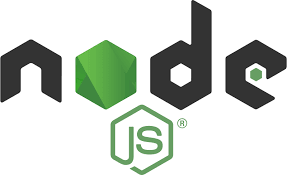
NodeJS utilizes the chrome V8 engine to perform its operations and uses a non-blocking and event-driven IO model. This model ensures that the main thread never stops execution, and it always has some space to take in new requests. Whenever a request needs to access some other part, the request is sent to the sidelines, where it silently completes its execution, and in the meantime, the main thread works on other demands and ends them. When the previous request completes its tasks, it returns to the main thread from where the user’s request is returned.
NodeJS is used to make high-performance and highly available backends. Its execution speed is at par with leading backend languages, making it an ideal choice for web application development. Many companies like Netflix, Uber, and Trello use NodeJS to power their backend systems that serve customers 24*7.
After knowing about the two frameworks, you might be excited to understand the key differences between them, so let’s figure them out.
Key Differences of React VS Node.Js
Area Of Application
Both React and NodeJS have entirely different areas of application. While one works for the front of web applications, the other is solely responsible for the backend.
React is a front-end framework that can be utilized to create bespoke and responsive frontends for your web applications. It can help developers build a scalable and modular frontend with minimal code.
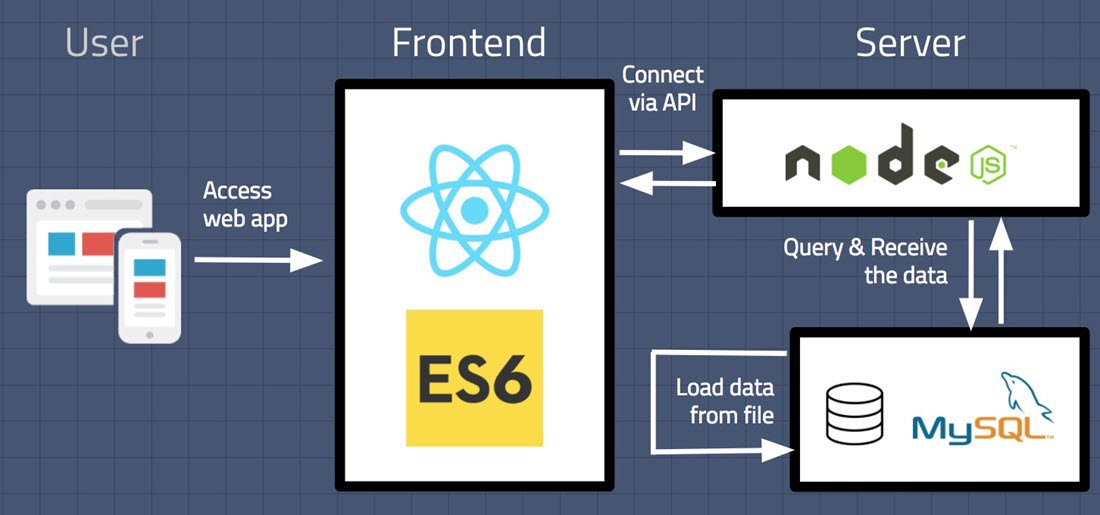
On the other hand, NodeJS is a backend framework that can be used to set up servers, connect with databases, serve HTTP requests, and return API data. NodeJS can be used to develop microservices/APIs that can be called from React frontends. When the data is returned from a NodeJS API, it can be rendered to the user with the help of React.
Both these frameworks come together to make a full-stack application based on JavaScript, which allows for faster web application development.
Learning Curve
Another area of difference in both these frameworks is the learning curve. However, both need ES6 JavaScript knowledge, to begin with, as you move forward, both the frameworks have a lot to learn and explore.
As React is based on frontend development, learning it is easier. You can learn the basics of React in a week or so and start building elementary frontend applications using React. React uses JSX, similar to HTML language, to render the elements on the page. Hence if you know HTML well, it is easy to get hold of JSX, which is the building block of React apps.
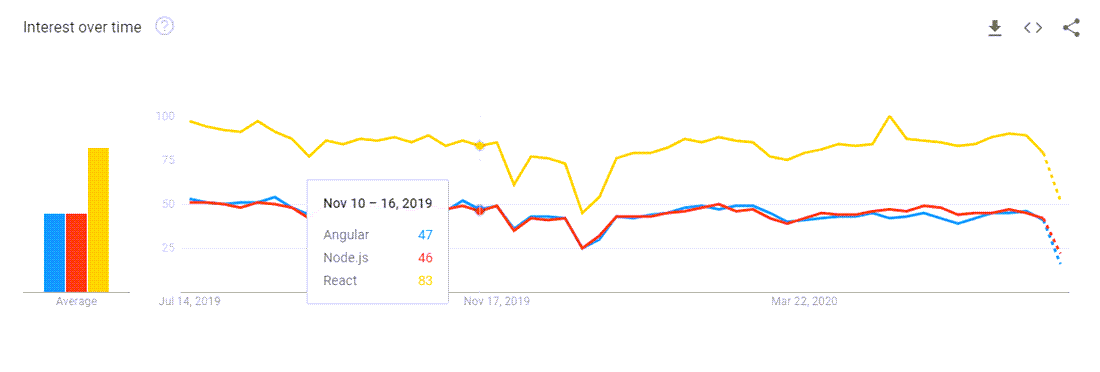
Building backend systems is not easy, you need to know about many things, and just like any other backend development language, NodeJS has no difference. If you have a good grip on backend development, learning NodeJS can be rewarding for your career and the projects you work on.
On the other hand, node js is a little tough to learn. NodeJS performs actions asynchronously, and that’s why getting a hold of how every line of code runs can be challenging for complete beginners. But with practice and patience, you can learn everything about NodeJS and start building a performance-packed backend for apps.
Community Support
Community support is the primary thing a developer looks at when choosing a language. This helps them know how widespread the framework is and if they can get help quickly from the community whenever they are stuck.
React is developed and maintained by Facebook, which has a large team of developers who can work on the project. Being backed by such a tech giant, React gained popularity pretty soon, and today there are thousands of applications run on this framework. If you are ever stuck with something, there is likely a question with a solution already on developer forums, so you can quickly figure out what wrong things you are doing. React is used in large tech products from businesses like Airbnb, PayPal, Khan Academy, and Asana.
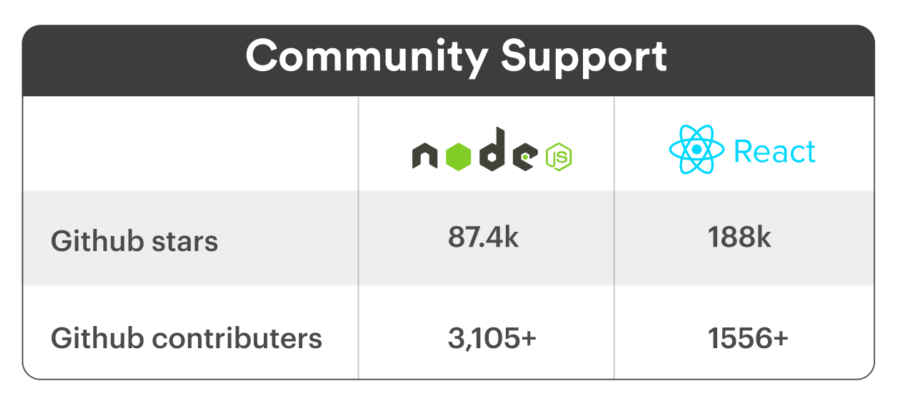
Just like React, NodeJS also has excellent community support. It is an open-source framework that the best engineers in the world develop, making it secure. NodeJS is powering some of the best applications and has an active community that can answer all your queries.
Moreover, both these frameworks have extensive documentation and courses that go a long way in explaining everything about the projects.
Performance
React is a high-performance frontend library that introduced some of the best practices in frontend development. React leverages the virtual DOM, an individual copy of the DOM. It constantly compares and analyzes items in the virtual DOM with the original DOM and updates only the new items. This means that React does not have to update the whole DOM upon any change.
Due to the virtual DOM feature, React applications are superfast yet lightweight. As they update only parts of DOM that changed after the last render, it also saves time on rendering the web pages and the amount of data a client has to process. All these things combined give a massive performance boost to frontend applications powered by React.
NodeJS is designed to serve many concurrent users, and all this happens without any performance bottlenecks. NodeJS follows the unique non-blocking IO model that serves each request as and when received, giving every user a low latency and real-time data transfer. As NodeJS is asynchronous, the thread does not have to wait for a single task to complete before picking up the subsequent request. This makes the applications highly responsive and loads tolerant.
Use Case
By now, you’ve understood that both the frameworks are leaders on different fronts, and thus their use cases will be different too.
React should be used when you need to develop a scalable, easy to maintain, and highly responsive frontend for your web applications. It has tons of libraries that can be integrated, so you have to write less code, and you can focus more on building complex business logic.
On the other hand, NodeJS should be used to develop high-performance and real-time backend services for your web or mobile applications. With NodeJS, you can vastly decrease computation and rendering times, reflecting positively on your users.
Coming to an end, you know everything about React and NodeJS now. If you are building dynamic frontend applications, React should be your first choice. If you want an ever-scaling backend to power your web applications, NodeJS is the thing you should choose and hire Node.js developers in India. Leverage this knowledge to decide what is best for your projects whenever you are offered a choice.

